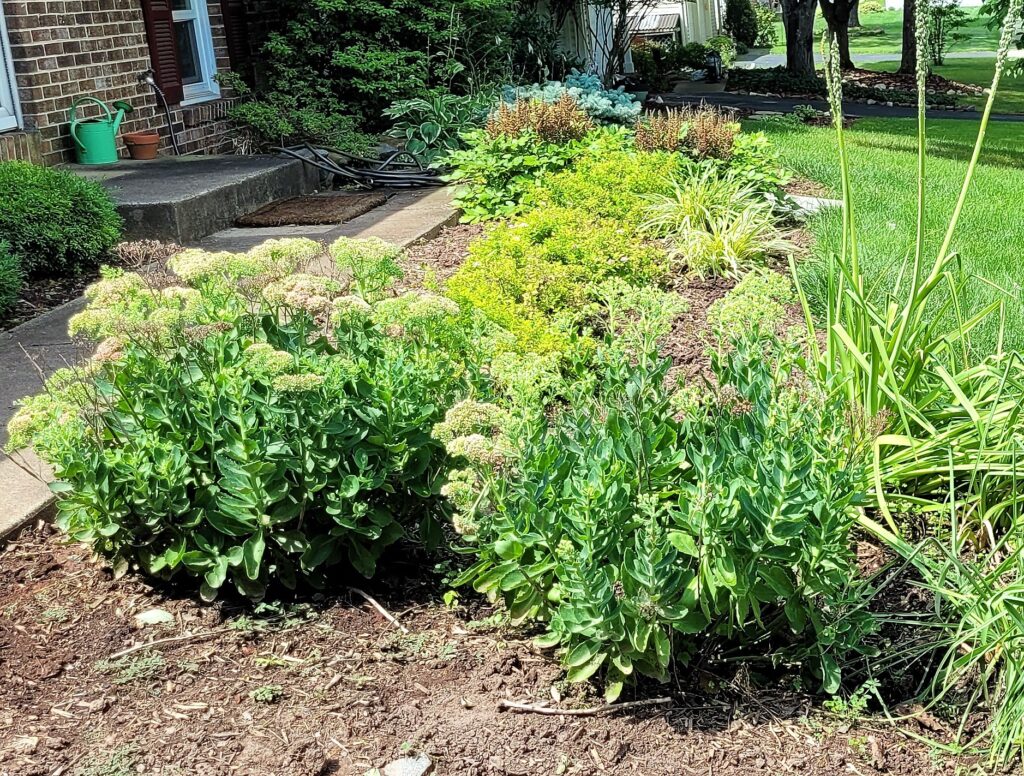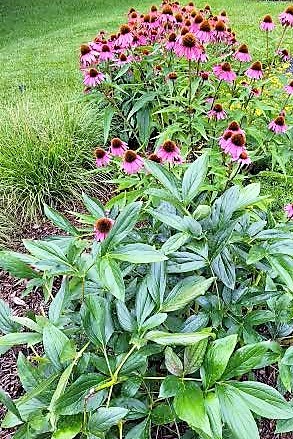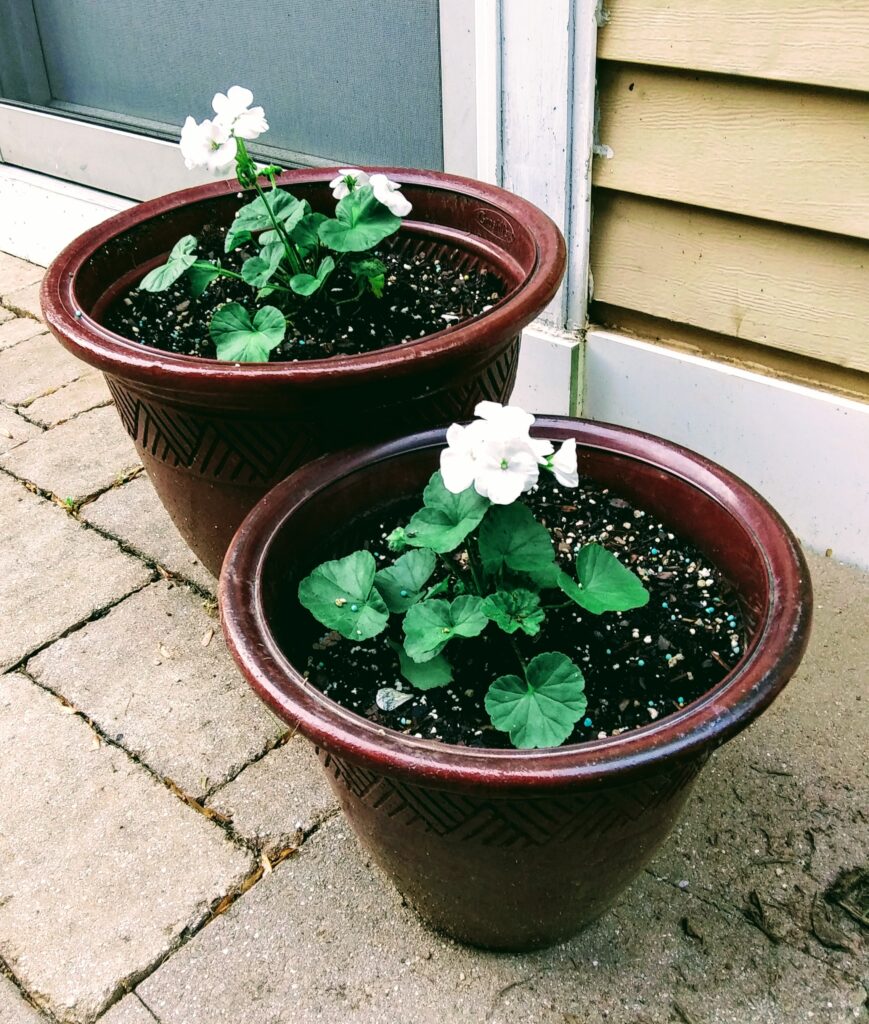Recently, while watching the nightly news, I noticed areas of the country with high temperatures and thought a blog on Drought Tolerant Plants is appropriate.
Most of my information is from a garden online seminar on Drought Tolerant Plants for Summer presented by Merrifield Garden Center. The timing couldn’t have been better.
Planting for Drought Conditions
Before you buy any plants you must consider if the plant is to be potted or planted, needs sun or shade, and lastly, if it is a annual or perennial.
Drought resisting plants are available for both in ground or pot plantings.
Drought resistant plants are those that can survive a long spell with little or no water. Plants usually needs to be watered until it is established. When potted plants dry out, the soil can shrink from the sides of the pot so the water drips out at the sides and the roots remain dry. If you have a very dried out plant, run you finger around the inside edge and then deep water. At one time or another, all potted plants need water.
Drought Tolerant Plants – Zone 7
Since I live in planting zone 7, I’ll be discussing drought tolerant plants for that region.
Yucca – Yucca is a super star for drought tolerant plantings. It also has a southwestern look to it. When it blooms, a large spike shoots up from the center of the plant with white flowers. Little to no water is needed to keep the plant healthy.
Juniper – These shrubs/trees are extremely drought resistant. Junipers do not have leaves, so evaporation is less during a summer heat wave. They have a fresh green scent and usually deer do not eat them.
Lavender – Lavender is a mounded plant with blue flowers and a lovely smell. However, it does not like wet roots, so the plants are almost always planted in a mound. Home grown lavender can be sewn into scent packets for your dresser or closet.
Sedum – Sedum grows upright or as a ground cover. It has thick leaves which helps the plant to store water. Sedums as a ground cover come in shades of blue, red or yellow. However, they dies out over the winter months and comes up again in the spring.

Pieris Japoica, Little Heath – If you recall from an earlier Farmhouse Magic blog of large pot plantings, this is the plant I purchased. This plant is originally from Japan growing in the forests among tree roots and the shade. In nature, it is much like holly growing on the forest floor.
Thrift Armeria – This one had my attention since it can be planted in front of Sedum and the the plant does not grow very large.

Cone Flowers or Purple Echinacea – Come in many colors such as yellow, and purple. They attract pollinators and birds to your garden.
Drought Tolerant Herbs
Thyme, rosemary and sage are very drought tolerant.
Often herbs are planted near the kitchen door, so the cook can go out and grab a bunch while cooking.
I remember in southern California, that a form of wild rosemary grew pretty much where nothing else would grow in the arid conditions. If you picked a handful you could always smell the fresh rosemary aroma.
Drought Tolerant Potted Plants
Wax begonia and marigolds do well in pots. They are, also, very hardy plants. For this reason, if you check out the front entrance housing developments or shopping centers, you find plantings of begonias.
Geraniums of pink, red, orange/red, red/purple and white are very drought tolerant pot plantings. After the growing season in the fall, some people pull them out and hang them upside down in the basement until spring when they are then replanted. I’ve tried this, and it didn’t work for me, but perhaps my basement is too warm.

Ending Notes
During a drought, some plants are more forgiving and other are not.
If this is a concern to you, be sure to check into drought resistant plantings for your area.
Resource Sites: Online presentation Merrifield Garden Center.

